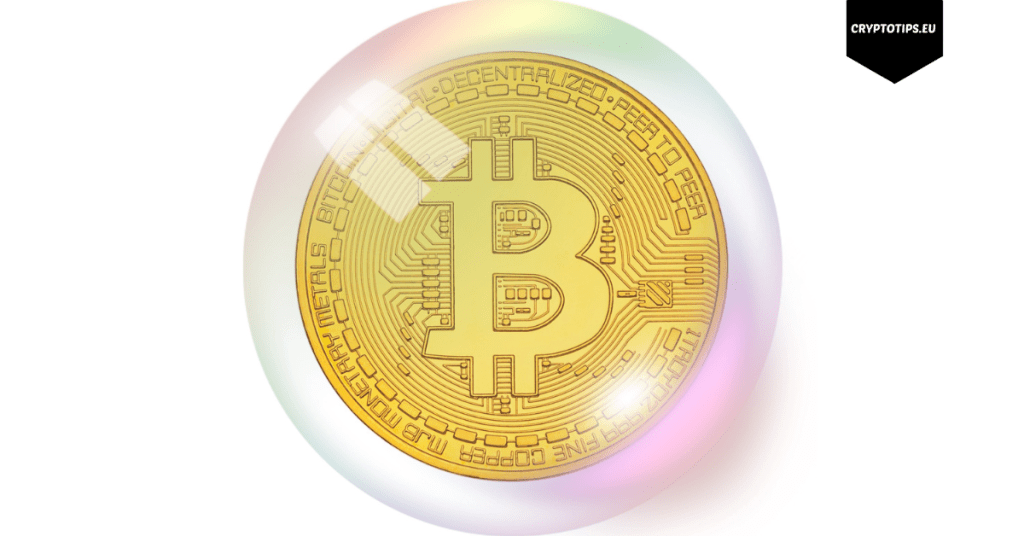Trump’s tariff war has started – How will Bitcoin and gold react?
Last Updated on 2 February 2025 by CryptoTips.eu
The ‘honeymoon period’ of Donald Trump’s new presidency is still ongoing, which means that he can afford himself quite a bit of over the top actions without too much domestic criticism. This weekend, Trump announced that he intends to impose tariffs of 25% on imports from Mexico and Canada and 10% on goods from China (although it is unclear whether that includes US oil imports from Canada). Diplomats are trying to prevent this at the eleventh hour, but normally you can assume that these tariffs will come into effect on Monday and that you will see a reaction on the stock markets.
If Trump extends his threat to the European Union as well, it means a global trade war will being (and inflation is likely to rise). How will this impact the prices of gold and Bitcoin?
Gold
Whenever there are times of economic uncertainty, investors will look for so-called ‘safe havens’ to park their money. These bring less return on investment than, for example, tech shares, but are also less risky when there are geopolitical tensions.
JPMorgan plans $4 billion gold delivery in US amid tariff fears.https://t.co/XN343r5QF6
— MINING.COM (@mining) January 31, 2025
Bitcoin, gold and silver used to all belong in that category, but eversince Bitcoin’s explosive growth in 2023 and 2024 and the rising correlation of the largest digital coin with tech stocks, Bitcoin has lost it’s ‘safe haven’ label.
Gold still remains the most popular ‘safe haven’, as was evident on Friday when the precious metal reached a new record price after it became known that Trump’s trade war would start in February. It seems pretty certain that gold could rise steadily through 2025 if a global trade war erupts, but don’t expect any big jumps. A return of 5 to 20 percent on an annual basis seems to be the highest possible at the moment, unless geopolitical tensions would prompt investors to convert an even larger part of their portfolio into gold.
Bitcoin
Economists warn that import tariffs will only lead to higher prices for various goods, which in turn would mean higher inflation. That is normally good news for Bitcoin, which is inflation resistant with a supply capped at 21 million units.
$BTC / USD (1D)
— Tutor (@cryptotutor) February 1, 2025
Continuing to watch this range to determine BTC's fate for the next few weeks
The tariff's induced pullback in the crypto market should be (fundamentally) short-term pic.twitter.com/MPevctB8Ip
Normally, higher inflation would mean that the money printers of the most famous Central Banks (the Fed and the ECB) will be turned on again and that the value of both the US dollar (as well as the European Euro if the EU would be subject to export tariffs) will decline.
That would theoretically give Bitcoin another boost (in the longer term) as fiat investors will move their money out of dollars and euros and diversify it further, which would (again hypothetically) result in a higher Bitcoin price as there are more buyers than normal.
In the short term, a retest of the support line (around $90-$95k) cannot be ruled out.
